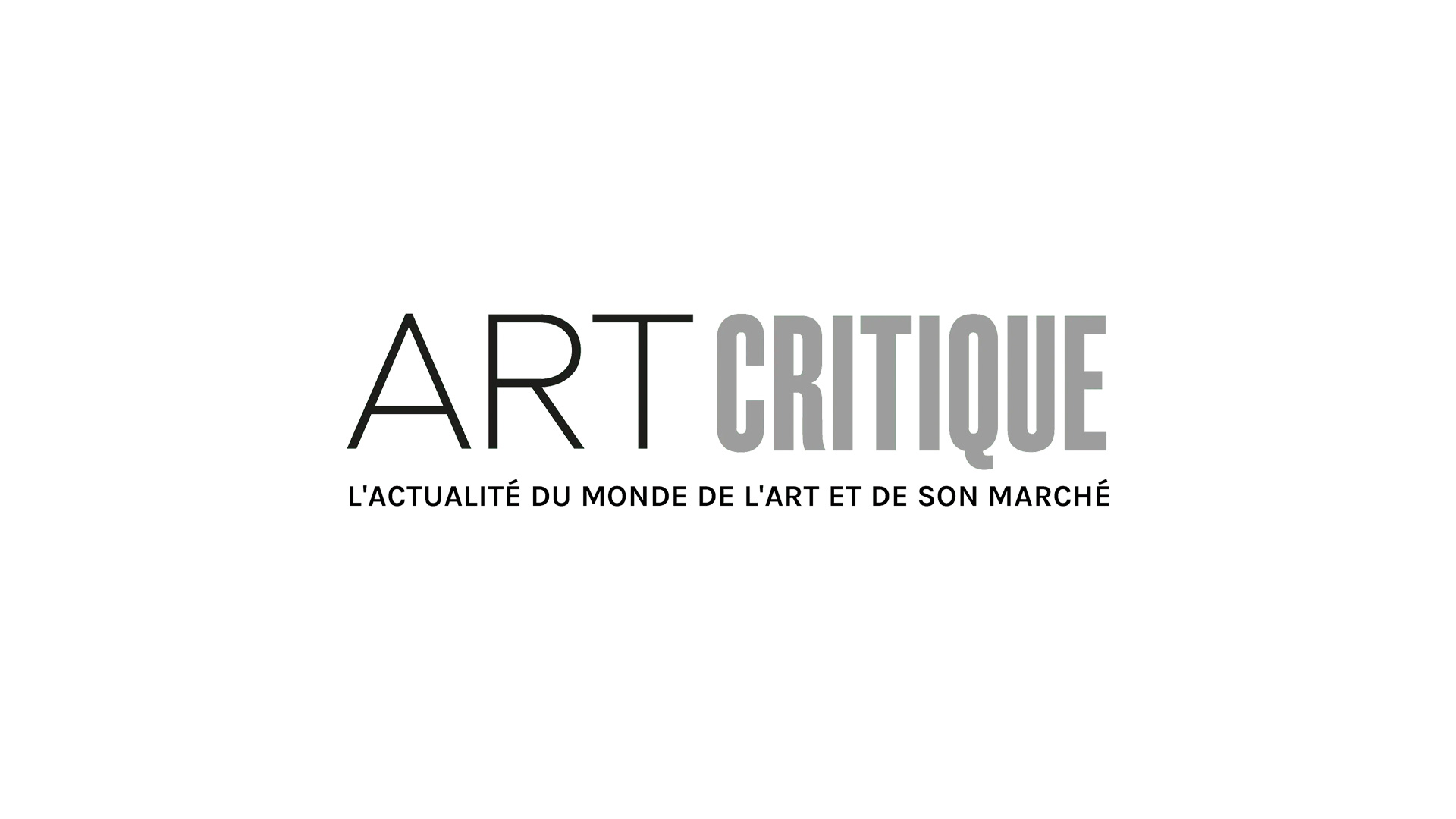The term “deaccessioning” has become a dirty word in the museum world since COVID-19 began. The complex practice of putting an art collection object up for sale has become even more intricate as museums struggle to answer questions around diversity, inclusion, and equity. Suppose an art museum’s mission is to collect and preserve humanity’s artworks while also providing democratic access to these objects. How can they do this important work if they only show artwork by a chosen few demographics or, worse, are forced to close their doors?
Mounting pressure from museum organizations across the United States has forced some of its directors to pivot their strategy on responding to mounting issues. Traditionally, deaccessioning artwork that is not damaged, poor quality, or stolen is severely frowned upon in the museum world. Any funds acquired by deaccessioning for acceptable reasons should be used to buy more artwork and for no other purpose.
Museums continue to struggle as they respond to the daily record cases of COVID-19. Forced to limit their capacities, they can no longer raise money through their traditional means of events or venue rentals. Many visitors are unaware of just how costly it is to run a museum. One of the most expensive costs is the basic necessity of storing objects in a controlled, air-conditioned environment.
Brent Benjamin, president of the Association of Art Museum Directors (AAMD) board of trustees, explains that although these are trying times, deaccessioning is not the answer. “However, serious those long-term needs or meritorious those goals, the current position of AAMD is that the funds for those must not come from the sale of deaccessioned art.”
According to several news outlets, AAMD sent a memo to the Baltimore Museum of Art’s Board of Trustees, imploring them to cancel the scheduled sale of three artworks from their collection. The BMA claims that the estimated $65 million they would have received from the sale would have gone toward conservation, increased staff salaries, and expanding their collection to include more women and BIPOC artists.
When BMA announced that they had canceled the sale, AAMD released the following statement, justifying their intervention. “We understand that this was a difficult decision, but believe strongly that it was the right one, based on our view that art collections should not be monetized except in very narrow and limited circumstances.”
The fact is that there is a price tag on the artworks in museums’ collections. At one point, the artworks were for sale, and someone bought them. Whether it was a museum committee or a patron who donated their objects to the museum, artworks are monetized. Museums cultivate relationships with donors who buy objects at auction houses like Sotheby’s and Christie’s in the hopes that their private collections will end up gracing gallery walls.
Art institutions can only display a certain amount of artwork at any given time, and there is enormous pressure only to show masterpiece works. Some of the other objects that may be considered less valuable or famous may live permanently in collection storage areas and only see daylight for an occasional loan request from another museum. Caring for thousands of objects is costly and time-consuming. Most museums have a lengthy list of artworks that require conservation, leaving art at the back to decay.
U.S Museums have also had to cut an average of 20% of their staff. Other museum professionals have taken pay cuts to retain their colleagues on the payroll. Mid and entry-level museum professionals are already notoriously underpaid given their educational background and the cost of living in large cities where many museums are located. There are also considerable pay gaps between senior leadership and other levels of staff.
Is it a bad idea for a museum to sell one or two artworks to make way for more diverse collecting practices? I don’t think so as long as there is justified logic. What if selling an artwork enables a museum to stay open or retain staff that provides educational programming for their local community? If it comes down to ethics, there are many other more complex questions around acquiring objects that museums should be more proactive about rather than chastising fellow institutions trying to be responsive to our collective financial and equity crises.





